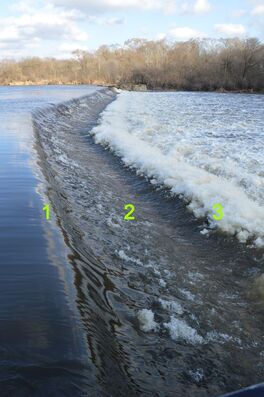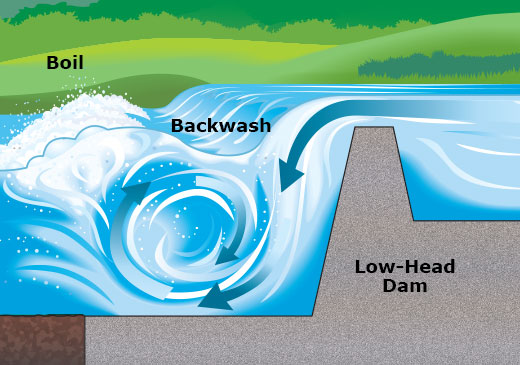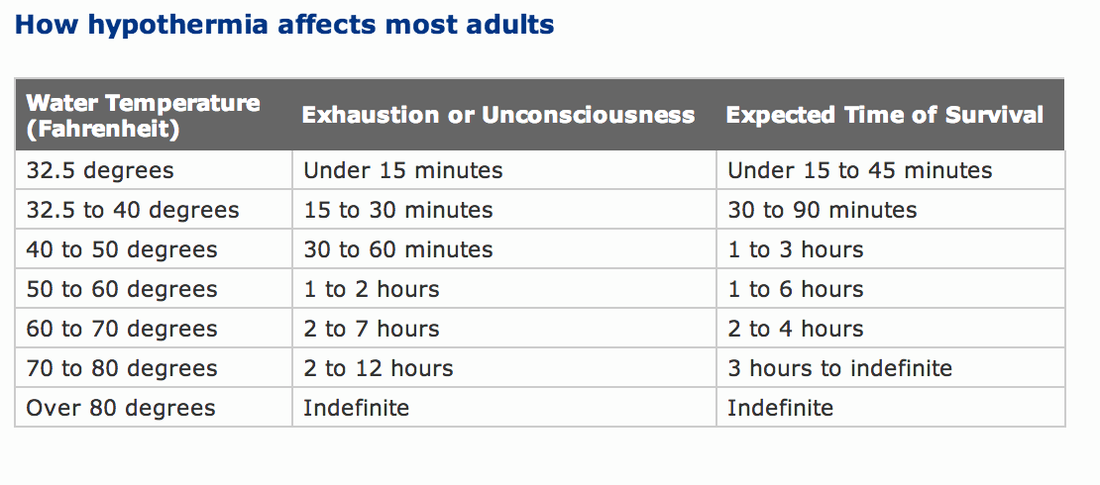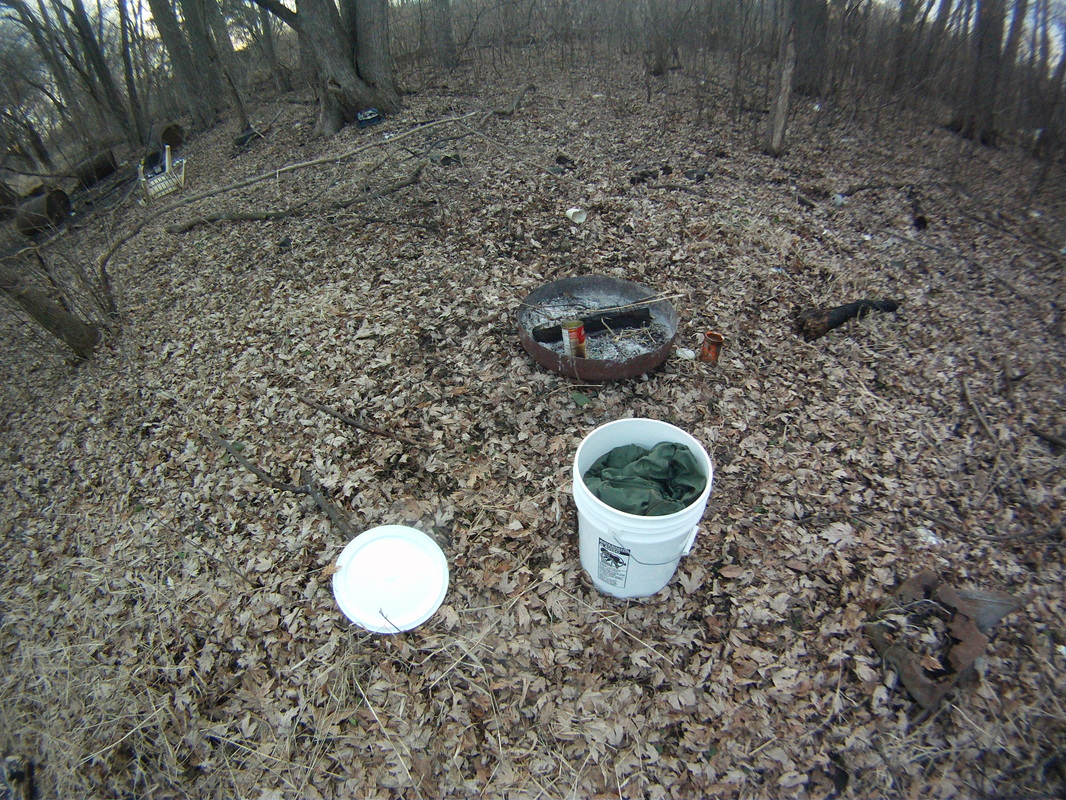Some low head dams are tempting to go over. They seem small, fast, and navigable. They aren't worth the risk. Pictured is the Fox River's Carpentersville dam. There are 3 components to this specific dam that present serious hazards to a kayak.
2. The ripple. This is a shallower section going down the side of the dam. Because of the smaller slope, it looks navigable. Often times it's very shallow, but very fast moving. This means that if a boat hits it going anything from perfectly straight, it's an easy side flip. There is a powerful sweeping current, constantly forcing a boat and paddler forward, no matter how shallow it is.
3. The Hydraulic. Hydraulics are what drown people. It's a circular effect in the water where the top part of the river has a reverse current which pulls a boat back towards the dam. It's a strong current that's very difficult to fight.
Basically, if trying to run the dam, you have to hit it going 100% straight. If you don't flip hitting the edge or getting caught in the ripple, you may be able to paddle hard to pass through the hydraulic.But that's a big if. Paddling over a dam is less about skill and strength, and more about luck. It's just not worth it.
Make no mistake, there have been plenty of needless drownings on the Fox: https://www.dailyherald.com/article/20140421/news/140429807/
Here's a video of a similar dam trapping someone with a wish for a Darwin award:




 RSS Feed
RSS Feed
